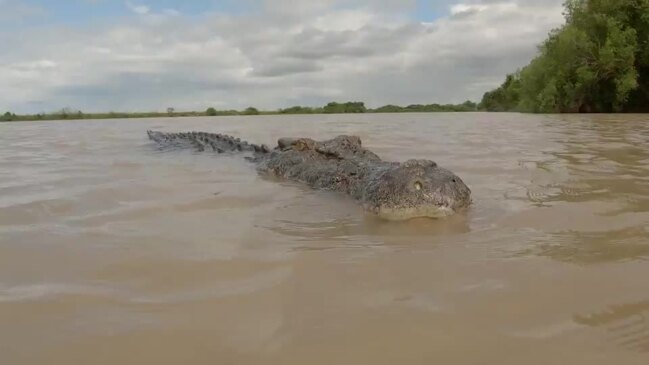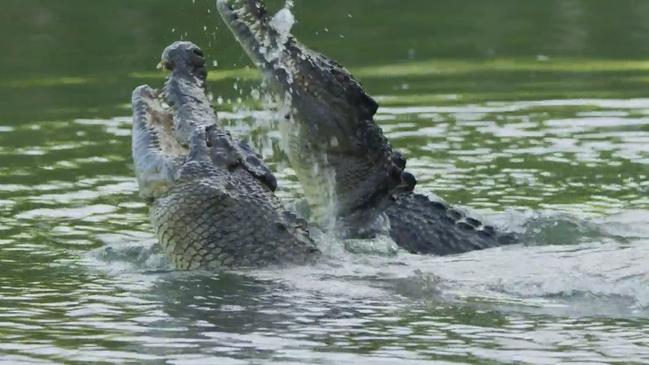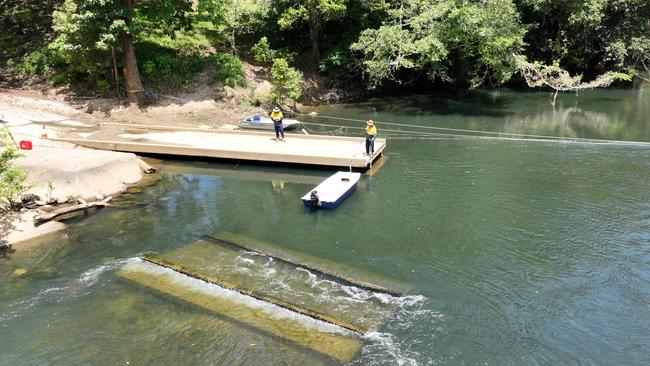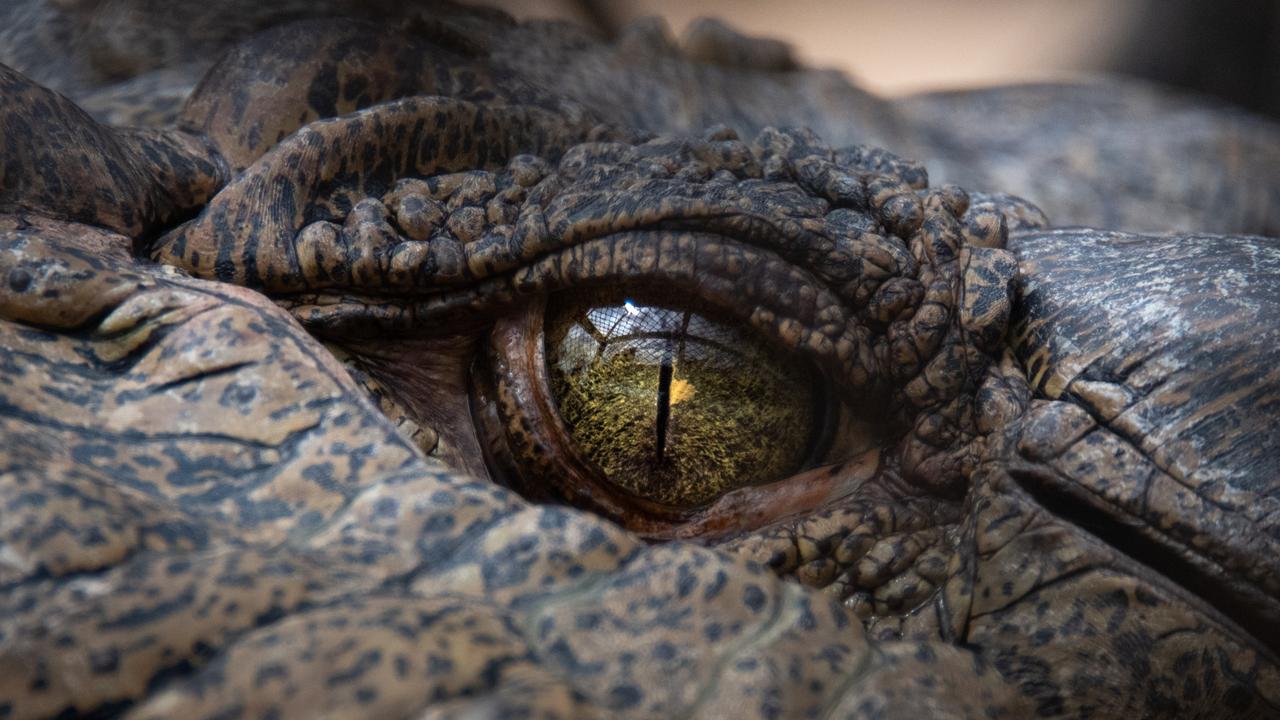Croc stay close to home in re-think of dangerous animal control
A study has found Queensland crocodiles stay within 50km of where they hatched and suggests crocs living in rivers in NQ could be removed. Watch the incredible drone footage.

Cairns
Don't miss out on the headlines from Cairns. Followed categories will be added to My News.
A study has found Queensland crocodiles stay within 50km of where they hatched and suggests crocs living in rivers near Cairns could be removed.
Analysis of 1176 genetic samples collected from predators ranging from hatchlings to adults during a four-year study ending in 2021, debunked a myth Queensland crocs travel long distances to find new feeding grounds.
The study identified six different croc populations living within 12 distinct bioregions, of which 91 per cent live within 50kms of where they hatched.

The new information, according to report co-author Dr Simon Booth, will help inform the management of crocodiles.
New croc removal zoning maps under a review of the Queensland Crocodile Management Plan are expected to be released later this year in what has been considered a long overdue update of removal zones unchanged since 2018.
“This information can help us manage local populations,” Dr Booth said.

Given the limited dispersal and connectivity of the Queensland crocodile population, the report advocates that consideration be given to removal of crocodiles from river systems north and south of Cairns, such as the Mulgrave River system, where people are known to swim and kayak.
Management and “conservation interventions” should be considered on a more localised scale, the report says.

In response to suggestions crocs are taking over and making once safe areas dangerous, Dr Booth said numbers were relatively static and problem crocs trapped by rangers were not as large as they once were.
“It is a myth that a croc is replaced by another croc that’s even worse,” he said.

“There is certainly increasing concern, populations have recovered from hunting and generally speaking populations largely plateaued about 15 years ago.
“Any suggestion that an increase in population is not accurate, we are seeing an increase in reporting.”
It comes after a 3m croc spotted at Fisheries Bridge on the Mulgrave River in December last year, raised safety concerns after schoolchildren were forced to cross the waterway in small boats when floodwater destroyed the bridge.
A new Crocwise Strategy being formulated by the Department of Environment is being developed in consultation with local government, First Nations peoples and tourism bodies throughout Croc Country.
More Coverage
Originally published as Croc stay close to home in re-think of dangerous animal control




